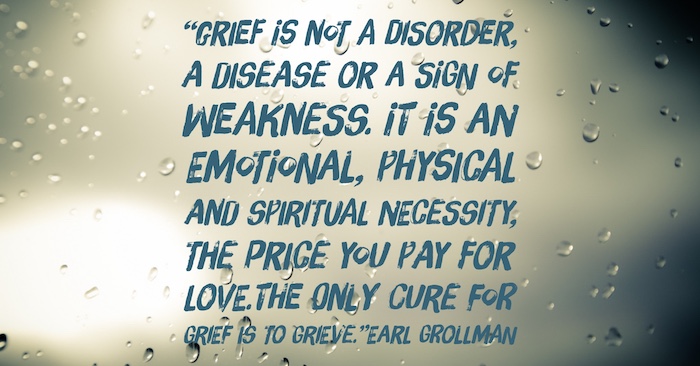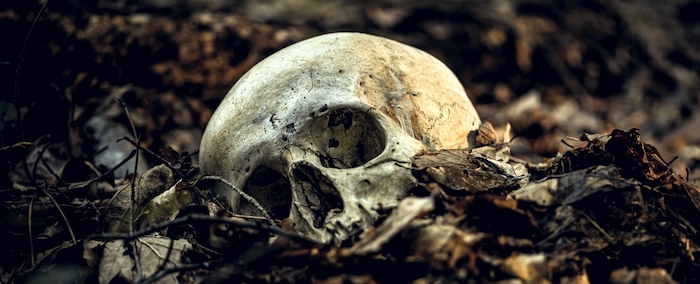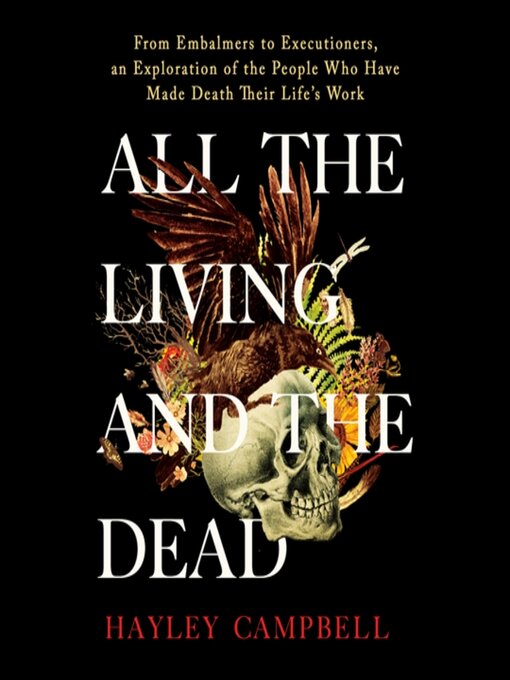— Become Living Soil After You Die

- Five states, Washington, Colorado, Oregon, Vermont, and California, allow a new, eco-friendly death care option: human body composting.
- Body composting is scientifically known as natural organic reduction (NOR). Some also call it termination.
- For those who choose NOR, it takes two-six months to transform their bodies into rich composting soil to nourish the earth.
- Loved ones may take home all or part of the soil or donate it to a land restoration project through their green funeral home.
- NOR improves soil biodiversity and reduces carbon emissions. Meanwhile, neither traditional burial nor cremation is eco-friendly.
Meanwhile, by some calculations, U.S. cremations alone burn enough fossil fuels to power a car to the moon and back 1307 times per year.
A new, earth-friendly death care alternative is now legal in five states: transform your body into rich, living soil through body composting.
What is human composting?
Compost is a mixture of organic material added to soil to enrich its contents. Natural products like food scraps, leaves, and grass trimmings are mixed to decompose over time into the type of compost you buy at the store.
Green funeral homes apply this same scientific process to human bodies, allowing them to decompose into rich compost. The official name for body composting is natural organic reduction (NOR). The process requires carbon, nitrogen, and oxygen with optimal temperature and moisture to transform the body into the soil. This rich environment allows beneficial bacteria and other microbes to quickly break down the body into compost.
In 2012, Katrina Spade of Washington state learned that farmers have composted animal bodies for decades. In pursuit of greener burial options, she wondered if human bodies could also be composted.
After seven years of research and development, she stood with Washington state governor, Jay Inslee, on May 2019 when he signed body composting into law. Today, NOR is legal in Colorado, Oregon, Vermont, and California, with bills pending in several other states as well.
Natural Organic Reduction (NOR) is eco-friendly
Like any healthy compost, natural organic reduction repairs soil feeds living organisms and absorbs carbon dioxide by restoring forests. This is the same outcome as a natural burial – death care completed without chemicals added to the body or burial supplies – but at a faster rate.
Recompose claims NOR uses 1/8 of the energy used by conventional burial or cremation and reduces carbon emissions by nourishing soil, plants, and forests.
It’s hard to argue when you look at the numbers. Modern burial not only leaks 4 million gallons of embalming fluid into the land yearly, but it also feeds the earth 1.6 million tons of concrete and 64,500 tons of steel, as well as iron, copper, lead, zinc, and cobalt leached from caskets and vaults.
Meanwhile, cremation is growing in popularity as many people find modern burial overly expensive, complex, and unnecessary. But fire cremation isn’t great for Mother Earth, either.
According to the Cremation Association of North America, 57.5% of America’s dead were cremated in 2021, while Canada’s rate was 74.8%. 40 years ago, only 5% of Americans chose cremation.
To cremate a body within two-three hours, the furnace temperature must reach about 1500°. One cremation burns 30 gallons of fuel and produces about 535 lbs of carbon dioxide. The EPA estimates that a typical passenger car emits about 845 lbs of carbon dioxide monthly.
With its necessary machinery and transportation, human composting isn’t completely carbon-free. The natural process also releases some greenhouse gases, mainly carbon dioxide. However, body compost feeds plants and trees that remove carbon dioxide from the air and release oxygen, which means NOR is possibly carbon-neutral. Impressively, one composted body produces nearly a pick-up truckload of healthy soil.
Plants and trees need biodiverse soil to thrive. More microbes live in one teaspoon of healthy soil than all the humans on the planet. Among those billions of microorganisms, there should be 10,000 – 50,000 species of these tiny creatures. Due to various modern practices, however, our soil’s microbial diversity is declining. Composted bodies help tackle this problem by restoring soil and nourishing damaged land.
Another benefit of NOR is that it uses 90% less water than aquamation, another green alternative, which uses water to cremate remains instead of fire.
How does body composting work?
Also called termination, NOR begins when a body is wrapped in a biodegradable cloth and cradled into a vessel, often a steel cylinder. The body rests on a bed of organic material such as alfalfa, wood chips, and straw. Some composting services use wildflowers as well. Each body is placed in its container about eight feet long and covered with more organic material.
Depending on the method used, the body typically stays in the vessel for 30 – 45 days. The environment inside the container reaches about 140°, a perfect atmosphere for microbes to transform the body.
Bones and teeth remain when the rest of the body is fully decomposed. They are ground – just like cremation – and returned to the soil.
Medical devices, metal fillings, and implants are also sorted out at this point and recycled when possible.
Once the body is transformed into compost, it is removed from the vessel and cured in a finishing container for two-four weeks to stabilize the soil’s chemical process.
Nature’s a brilliant transformation process
NOR eliminates nearly all harmful viruses and bacteria as the body decomposes, including SARS-CoV-2. Currently, only three diseases disqualify bodies from being composted: Ebola, tuberculosis, and rare prion diseases such as Creutzfeldt-Jakob Disease, which causes severe brain damage.
Embalmed bodies are not allowed to be composted. Embalming chemicals are toxic and kill the microbes needed for the composting process.
Radiation seeds implanted for cancer treatment must be removed from the body before composting if the seeds were placed within 30 days of death.
What do loved ones do with the soil?
Loved ones choose to receive all or part of their person’s soil. Like any compost, the soil can feed their deceased loved one’s garden, nurture an orchard, or nourish a memorial tree.
But not every family wants a truckload of their loved one’s composted body. Instead, with the help of the funeral home, the family can donate the soil to a land restoration project.
Burial laws differ from state to state. The placement of human compost must comply with state regulations.
Natural Organic Reduction (NOR) costs about the same as cremation
Depending on the company, costs of terramation with a memorial service range from $3500 – 8000. Some companies subsidize the rate for those who need financial help.
In the United States, the median price for a ceremony with cremation in 2021 was $6971. The median cost of a ceremony with viewing (which requires embalming) and burial was $7848. This burial cost does not include a plot, a cement vault, or a headstone, which can increase the cost substantially.
For people living in a state where NOR is not yet allowed, it is legal to transport a body between states. Delivery of human compost can also be arranged across states.
Leaving a legacy
Green burial options are growing as the public pushes for improved death care practices. Natural organic reduction feeds and nourishes the earth as it has fed and nourished you. For a final act of gratitude, consider returning your body to the earth as rich, living soil.
Complete Article ↪HERE↩!






